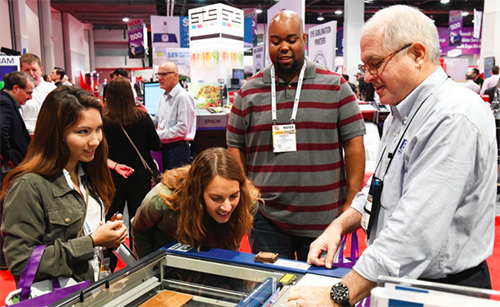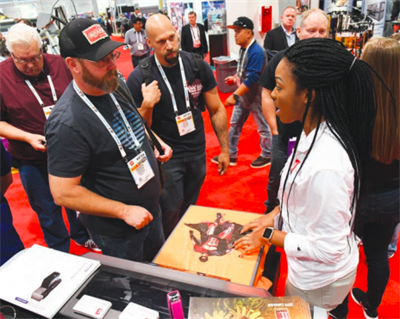Many of us discuss the importance of setting goals of what we want to achieve
in the new year and for most organizations, a key goal is to increase sales. Organizations that continually learn and set ambitious goals are the ones running, not limping, into 2019 because they have prepped their business to achieve sales growth.
In the following, I’m using psychologist Kurt Lewin’s change model as the tool to view the three parts of the sales process: “Unfreeze” a current process, “change” the process and “refreeze” the process so it becomes a habit.

Prospecting
To unfreeze the way we have gone about prospecting, we must recognize there are several changes in our world (technology, generational changes, speed of communication, etc.). We must use new tools (e.g., social media) and traditional tools (e.g., phone) to gain new prospects. We also need to focus on vertical/target markets. What have we previously had success selling? What type of companies or buyer personalities do we enjoy? How can we make the prospecting process more about helping than pitching these buyers? Our new norm should be using every sales tool at our disposal to focus on the human beings we are trying to connect with. It’s not about us — it’s all about them and how you can add value.
Presentation
Salespeople often tell me prospects are too busy and only want to email or text. While they may not have time to meet or talk with you, rest assured someone has their ear and time. Thus, the challenge is to become the best possible presenter, which means unfreezing what we “have always done.”
Thanks to the internet, the days of being unprepared for in-person meetings are gone. We should know information about the prospect/organization before we walk in the door. We must also change what we ask, say and share during a presentation. Ask deep questions to get the prospect sharing and learn more. The key is actively listening to what they say and what they don’t say.
Now, refreeze this new presenting approach. We are our brand and the person we are “selling to” — or, as I prefer to say, “helping” — must see the value we offer and want to find a way to make things work.
 Closing
Closing
This is where all the questions we asked and trust we built in the presentation process has gotten us. We now stand in a position to gain a new client.
Now, we unfreeze the ineffective closing methods we’ve used. Our job is not to convince someone (at all costs) to do business with us. We should want people to buy from us because we have their best interests at heart and because they want to become an interactive partner (shoulder-to-shoulder) with us rather than a transactional vendor (across the table) from us.
We must refreeze these new ways of thinking, so they become ingrained closing habits. We must look at ourselves in the mirror and know we tried every angle possible to make this prospect become a customer and feel good that we gave it all we had.
While our goal is always to close the sale, sometimes we must understand and know the “no” they told us now does not mean “no” forever. The timing was just not right. Simply said, you cannot force it. You must look to bring on clients who see the “true fit” between each of you and your organizations.
This is what great sales looks like in 2019.
Read the full article for a deeper dive into approaching sales.